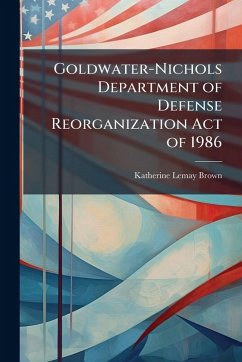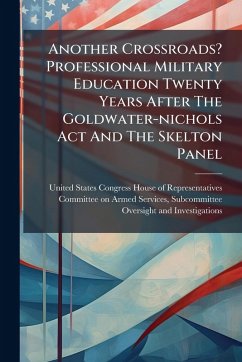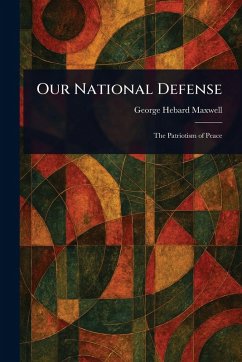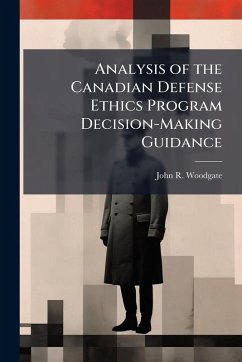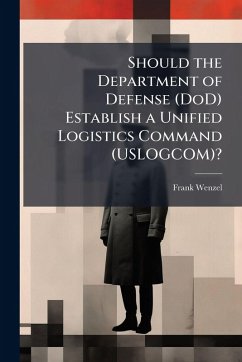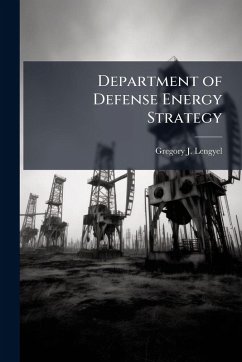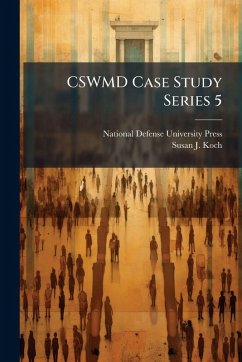
Goldwater-Nichols Department of Defense Reorganization Act of 1986

PAYBACK Punkte
8 °P sammeln!
The Goldwater-Nicholas Reorganization Act of 1986 was the most sweeping legislation related to DOD reform since the enabling legislation following World War II. Its de jure purpose, inter alia, was to enhance the legal authority of the Chairman of the Joint Chiefs and the unified commanders. Its practical purpose was to improve U.S. warfighting capability. As one might expect, implementation has been controversial in terms of shifting power from the Services to the Joint Staff and the CINCs, particularly as interpreted by the Joint Staff. It is worth noting the Joint Staff remained an organiza...
The Goldwater-Nicholas Reorganization Act of 1986 was the most sweeping legislation related to DOD reform since the enabling legislation following World War II. Its de jure purpose, inter alia, was to enhance the legal authority of the Chairman of the Joint Chiefs and the unified commanders. Its practical purpose was to improve U.S. warfighting capability. As one might expect, implementation has been controversial in terms of shifting power from the Services to the Joint Staff and the CINCs, particularly as interpreted by the Joint Staff. It is worth noting the Joint Staff remained an organization which assists the Chairman of the Joint Chiefs vice transitioning to a "general" staff. Many point to the warfighting success of Desert Shield/Desert Storm as conclusive proof that Goldwater-Nicholas achieved its purpose. However, DOD is now entering a period of unsettled reshuffling of budget priorities as Congress and the President struggle with balancing the U.S. budget. This will undoubtedly mean far fewer resources, both dollars and people, for DOD as a whole. Goldwater-Nicholas was enacted under implicit assumptions about strategic threats and organizational needs of the U.S. military (e.g., the Soviet Union was still a viable political entity in 1986). This paper explores whether Goldwater-Nicholas went far enough in its reform efforts, particularly considering the increasing importance of military operations other than war and the inevitable pressures to further reduce the military budget. It focuses on relationships and divisions of labor between the Joint, Service, and CINC staffs. This work has been selected by scholars as being culturally important, and is part of the knowledge base of civilization as we know it. This work was reproduced from the original artifact, and remains as true to the original work as possible. Therefore, you will see the original copyright references, library stamps (as most of these works have been housed in our most important libraries around the world), and other notations in the work. This work is in the public domain in the United States of America, and possibly other nations. Within the United States, you may freely copy and distribute this work, as no entity (individual or corporate) has a copyright on the body of the work. As a reproduction of a historical artifact, this work may contain missing or blurred pages, poor pictures, errant marks, etc. Scholars believe, and we concur, that this work is important enough to be preserved, reproduced, and made generally available to the public. We appreciate your support of the preservation process, and thank you for being an important part of keeping this knowledge alive and relevant.



